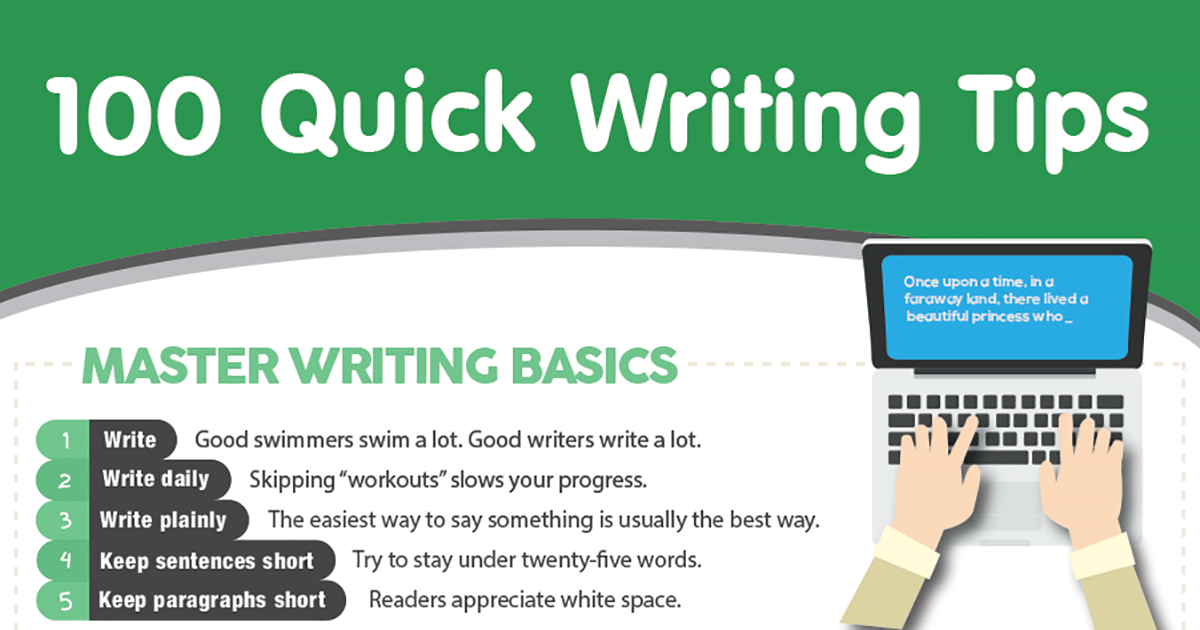 One of the keys to writing a descriptive essay is to create a picture in your reading audience’s mind by engaging all five of their senses – smell, sight, touch, taste and sound. If you can do this, then your essay is a success, if not, then you have a lot of work to do. The first steps in writing a descriptive essay will lay the groundwork for the entire piece.
One of the keys to writing a descriptive essay is to create a picture in your reading audience’s mind by engaging all five of their senses – smell, sight, touch, taste and sound. If you can do this, then your essay is a success, if not, then you have a lot of work to do. The first steps in writing a descriptive essay will lay the groundwork for the entire piece.
Step 1: Choose a topic
A descriptive essay will usually focus on a single event, a person, a location or an item. When you write your essay, it is your job to convey your idea about that topic through your description of that topic and the way that you lay things out for your reader. You need to show your reader (not tell them) what you are trying to describe by illustrating a picture in their mind’s eye very carefully.
Your essay needs to be structured in a manner that helps your topic to make sense. If you are describing an event, you will need to write your paragraphs in chronological order. If you are writing about a person or a place you need to order the paragraphs so that you start off in a general manner and then write more specific details later. Your introductory paragraph sets the tone for the rest of the essay, so it needs to set out all of the main ideas that you are going to cover in your essay.
Step 2: Create a statement
The next step is to create a thesis statement. This is a single idea that will be prominent throughout your essay. It not only sets out the purpose of the essay, but regulates the way that the information is conveyed in the writing of that essay. This is an introductory paragraph that sets out your topic framework.
Step 3: Get the senses right
Next, create five labelled columns on a sheet of paper, each one having a different of the five senses. This labelled list will help you to sort out your thoughts as you describe your topic – the taste, sight, touch, smell and sound of your topic can be sketched out among the columns. List out in the columns any sensation or feeling that you associate with the topic that you are writing about. You need to provide full sensory details that help to support the thesis. You can utilize literary tools such as metaphors, similes, personification and descriptive adjectives.
Once you have the columns laid out you can start to fill them with details that help to support your thesis. These should be the most interesting items that you have noted in your columns and will the details that you flesh out into the paragraphs of the body of your essay. Topics are set out in each separate paragraph and a topic sentence begins that paragraph and need to relate to your introductory paragraph and your thesis.
Step 4: Create an outline
The next step is to create an outline listing the details of the discussion of each paragraph. Students in high school are generally asked to write a five paragraph essay while college students are given more freedom with the length of their piece. The standard five paragraph essay has a particular structure including the introductory paragraph with the inclusion of a thesis statement, followed by three body paragraphs which prove that statement.
Step 5: Write the conclusion
Finally, the conclusion paragraph makes a summary of the entirety of your essay. This conclusion also needs to reaffirm your thesis (if necessary). Your conclusion needs to be well written because it is the final thing to be read by your reader and will remain on their mind the longest after they have read the remainder of your essay.
Step 6: Review your essay
It is important to take a break from your writing once you have completed the work. By stepping away from the work for a short time you can clear your mind and take a short rest. You can then take a look at the essay with fresh eyes and view it in much the same way that a person reading it will when they first see the piece.
After you have taken a short break or a walk (or whatever the case may be), read the entire essay again thinking about your reader. You should ask yourself if you were the reader, would the essay make sense to you? Is it easy to read so that anyone can understand what the topic of the essay is? Do any of the paragraphs need to be rewritten because they are confusing and need to be better written to be descriptive?
Your choice of words and language need to convey what you are trying to describe when you talk about a particular topic. The details that you have provided should give your reader enough information that they can form a complete picture. Any details in the essay should help a reader to understand the meaning of the topic from the writer’s point of view.
Read your entire essay over again, out loud this time. Sometimes reading something out loud can help to identify any issues that should be worked out. Read the essay again to a friend or family member and have them give you any criticisms that they might have. Have someone else ready your essay and then ask them if anything needs to be clarified or if they received a clear picture from the details given in the essay.
Step 7: Finish it up
Finally, read your essay again very carefully and check for any grammar, punctuation or spelling errors that are obvious within the essay. If you find any clichés, be sure to delete them, they certainly do not belong in your essay. If there are any parts that are not completely descriptive or don’t make as much sense as you would like them to, rewrite them once again and then follow the proof reading and reading aloud process again to ensure that the final product is exactly as expected. You can never be too thorough when it comes to reading the essay over again and checking for any areas that need to be reworked.












